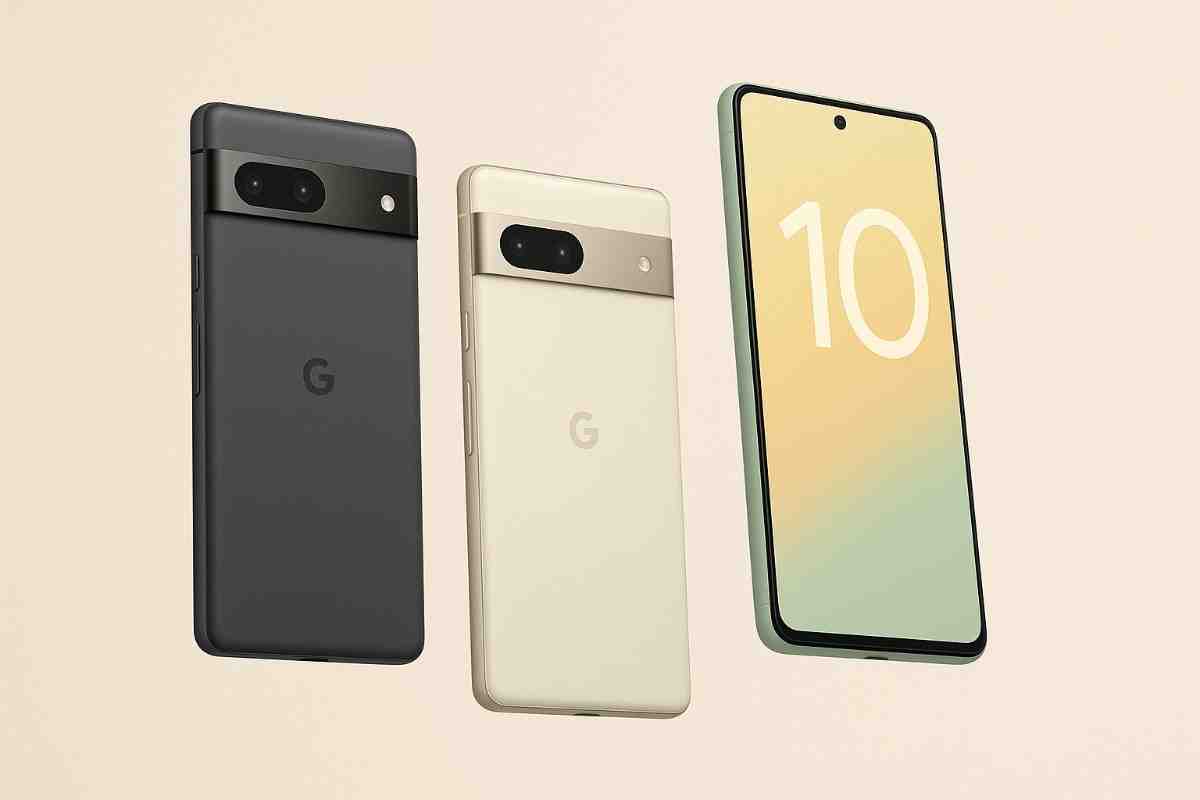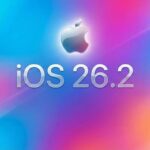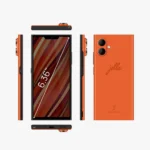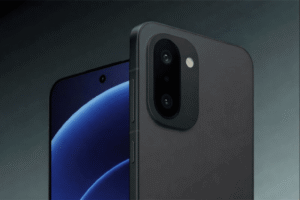Google’s Pixel 10 has made smartphone history by becoming the first device to support WhatsApp voice and video calls via satellite — even with no mobile signal or Wi-Fi. This breakthrough brings true off-grid communication to mainstream users, redefining how we stay connected anywhere on the planet.
How WhatsApp-over-satellite on Pixel 10 works
At a high level: when the Pixel 10 detects you’ve lost terrestrial coverage, the phone can switch certain apps into a satellite “SAT mode” that tunnels limited app traffic to/from satellites (Starlink in the current implementations) and delivers that traffic back into the internet. WhatsApp has been updated to use that pathway for both voice and video calls on Pixel 10 devices the first public instance of a mainstream OTT (over-the-top) calling app using a satellite data bridge for real-time media. The capability shipped on Pixel 10 at launch.
Who’s involved
Device + OS: Google’s Pixel 10 hardware and its software stack enable the device to talk to the satellite gateway and present the satellite link to apps.
Carrier / satellite operator: In the US, T-Mobile’s T-Satellite service (backed by Starlink direct-to-cell satellites) is the transport layer enabling apps to send/receive data when there’s no cell. Carriers act as the bridge between satellites and the wider internet.
App support: WhatsApp (Meta) updated its client to accept audio/video streams over the limited satellite channel and to degrade gracefully when bandwidth or latency requires it.
Related Articles: Oppo Reno 15 Series India Launch, Reveals Stunning Specs and Features Leaked
The Technology Behind the satellite Calling
This breakthrough isn’t just a software tweak; it’s the result of close collaboration between Google, Meta (the company behind WhatsApp), and network partners working on direct-to-satellite communication.
1. Pixel 10 Hardware and Operating System Integration
Pixel 10 has a Google Tensor G5 chipset, which has built-in support for satellite connectivity. With updated Android networking layers, this phone can easily switch to satellite connections from cellular, without intervention of any user if needed.
2. Satellite Network Cooperation
Google has partnered with satellite network providers who enable direct-to-cell communication, meaning that your regular smartphone antenna can connect with satellite without any particular hardware. These satellites form a bridge for terrestrial networks, allowing the data packet to root like regular mobile internet.
3. WhatsApp Optimization
Meta has optimized WhatsApp for this limited bandwidth environment. The app now intelligently switches to lower bitrate audio or lower video resolution during satellite calls, maintaining clarity even on limited connections. The result? A useful and reliable call experience, even in remote areas with no cell coverage.
Why Satellite calling is Big Deal
From Emergency Use to Everyday Connectivity
Until now, most phones with satellite support only offered SOS alerts or one-way texting. Apple’s Emergency SOS via satellite and other Android options were strictly for crisis use. The Pixel 10 takes the concept further — enabling two-way, real-time communication using a familiar app millions already use daily.
A step towards universal connectivity
Over the years, “of the grid” meant to be out of reach. With this new technology, it is changing. Whether you are trekking in the Himalayas, sailing on the beach, or camping in a dense forest, you can stay connected with friends, family or colleagues through WhatsApp – no additional equipment is needed for this.
Better security and reliability
This is not just a matter of convenience. This is a matter of security. In areas where there is no signal, a simple WhatsApp voice message can also create a difference between trapping and getting help. This feature can revolutionize external travel safety and regional communication in remote areas.
Real-World Limitations Of Satellite (for now)
- Vision line required: A clear view of the open sky is necessary for satellite signals. Thick forests, mountains or internal places can disrupt connectivity.
- Limited speed and delay: expect a little delay. The call will be connected, but satellite data has more delay than cellular or Wi-Fi network.
- Battery consumption: Communication with satellites leads to more power consumption than normal cell towers. Repeated use will reduce the battery life faster.
- Availability: This feature is being introduced gradually and may be available in select areas and carriers before it is available globally.
Despite these challenges, the feature marks a huge leap in mobile connectivity and could become more efficient with future software updates and newer satellite constellations.
Who Will Benefited from the satellite
Travelers and explorers: Perfect for hikers, mountaineers, boaters, or adventure tourists who frequently travel outside the network zone.
Field professionals: Journalists, researchers, and emergency teams working in remote areas gain a reliable communication option.
Disaster relief teams: Satellite WhatsApp calling can keep teams coordinated after natural disasters when mobile infrastructure collapses.
Rural and isolated communities: People living in areas with low coverage can now maintain more consistent communication with their loved ones.
Related Articles: Mobiles launching in October 2025: OnePlus 15, Xiaomi 17, Vivo V60e, and more
Final Thoughts on WhatsApp Calls via Satellite
With the Pixel 10, Google has delivered something that felt like science fiction just a few years ago: the ability to make WhatsApp voice and video calls without any network signal. It’s the first time a smartphone has truly bridged the gap between mobile communication and satellite networks for regular users.
While early adoption may have limitations like slower speeds and limited regions, the foundation has been set. In the next few years, this could evolve into seamless, always-on global connectivity — where you’ll never see “No Signal” again.
The Pixel 10 isn’t just a phone; it’s a glimpse into the future of communication, where the sky itself becomes your network.







